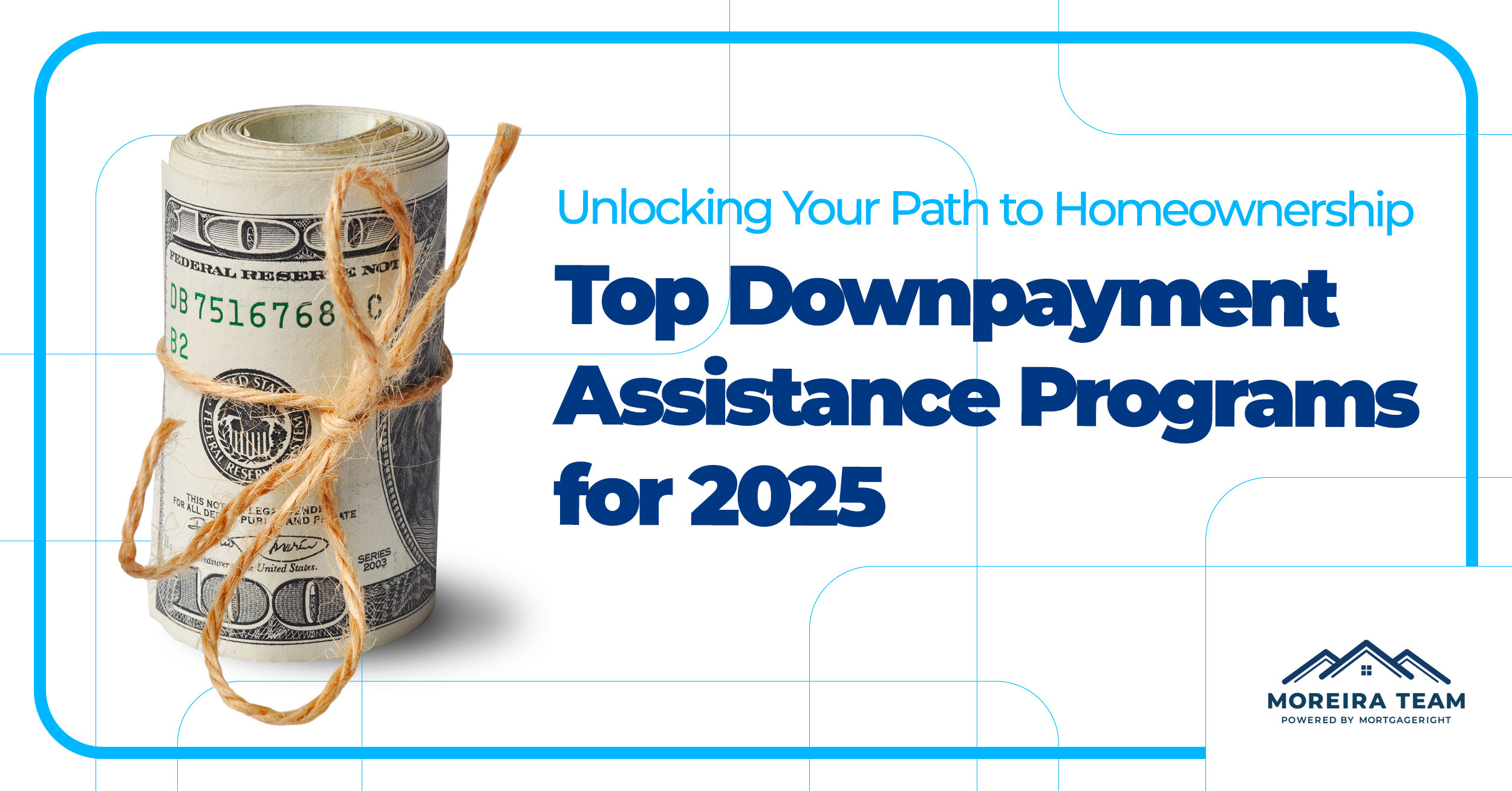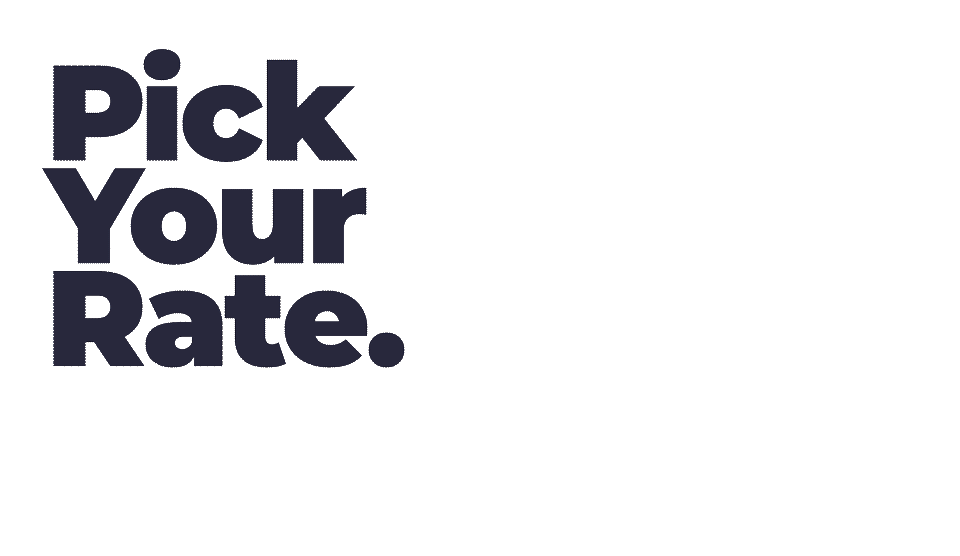
In this article
- Key Takeaways
- What Are Down Payment Assistance Programs?
- What Types of Down Payment Assistance Are There?
- What Are Eligibility Requirements for Down Payment Assistance Programs?
- How to Apply for a Down Payment Assistance Programs?
- Advantages of Using Down Payment Assistance Programs
- Special Programs for First Time Homebuyers
- The Role of Lenders in Down Payment Assistance Programs
- Common Myths About Down Payment Assistance Programs
- Summary
- Frequently Asked Questions
- What is the purpose of down payment assistance programs?
- What is a DPA Grant?
- What is a Forgivable Second Mortgage?
- What is the typical range for down payment percentages?
- What is the minimum credit score required for NHF assistance?
Struggling to save for a home downpayment? Downpayment assistance programs can offer the financial boost you need. These programs provide grants, forgivable loans, or low-interest loans to help cover your initial costs. In this article, we’ll guide you through how these downpayment assistance program options work, the types available, and how to apply.

Key Takeaways
- Down payment assistance programs help reduce barriers to homeownership, making it easier for those without significant savings to purchase homes.
- Various forms of assistance are available, including grants, forgivable loans, and low-interest loans, each catering to different financial situations.
- Eligibility often requires a minimum credit score, income limits, and completion of a homebuyer education course to ensure responsible homeownership.
What Are Down Payment Assistance Programs?
Down payment assistance programs are designed to help individuals and families overcome the financial barriers associated with down payments and closing costs, making homeownership more accessible. The primary mission of these programs is to expand homeownership opportunities and support community growth nationwide. These programs make home buying more affordable by significantly lowering the initial costs for potential homeowners.
These programs are particularly beneficial for individuals without substantial savings, allowing them to purchase homes and build wealth. Many people mistakenly believe that assistance can only come from government sources, but numerous nonprofit organizations and lenders also offer down payment help. These programs often require participants to complete a homeownership education course to ensure they understand the responsibilities of owning a home. Some programs also require or recommend housing counseling to provide additional guidance and support for buyers.
Down payment assistance programs make homeownership more achievable by reducing initial costs for buyers who lack sufficient savings. These programs not only help you get your foot in the door but also set you up for long-term financial stability.
What Types of Down Payment Assistance Are There?
Down payment assistance (DPA) can take various forms, each catering to different borrower needs and financial situations. One of the most common forms is grants, which provide a one-time cash payment that does not require repayment, often used for down payment or closing costs. This immediate financial relief can be a game-changer for many homebuyers.
Another popular form of assistance is a forgivable loan, which acts as a second mortgage. Key features include:
- These loans are interest-free.
- They are completely forgiven after a set period, typically three years.
- Forgiveness is contingent on the homeowner staying in the home during that period.
This arrangement allows you to secure your home without the burden of additional monthly income payments to cover money, creating a win-win equal advantage situation that showcases your ability to maintain your primary residence.
Low-interest loans and deferred-payment loans are other valuable options. Low-interest loans offer down payment assistance as a second mortgage at a reduced interest rate, requiring monthly payments. On the other hand, deferred-payment loans allow borrowers to postpone repayments until the loan term ends or they sell the property, often without interest.
Some programs also offer matched savings, where the program matches the buyer’s own savings contributions. This approach helps increase the funds available for a down payment, making homeownership more accessible. These varied options ensure that there’s a suitable solution for every financial situation.
What Are Eligibility Requirements for Down Payment Assistance Programs?
Many down payment assistance programs require participants to fulfill specific qualifications, often focused on income limits and homebuyer education. Most programs require a minimum credit score of 640 to qualify for assistance. Some programs may also offer or require credit counseling to help applicants improve their credit and better prepare for homeownership. Income limits are also commonly set, meaning household earnings must not exceed a specified threshold, typically 120% of the Area Median Income (AMI).
Applicants typically need to demonstrate a debt-to-income ratio that falls below a certain percentage to qualify. The maximum debt-to-income ratio allowed is 45%. This ensures that applicants have the financial stability to manage their mortgage payments along with other debts and determine their overall financial health.
In addition to financial criteria, many programs require applicants to complete a homebuyer education course. This course helps ensure that new homeowners understand the responsibilities and challenges of owning a home, setting them up for long-term success.
How to Apply for a Down Payment Assistance Programs?
Applying for a down payment assistance program might seem daunting, but the process is typically straightforward. The first step is to assemble a knowledgeable team, including a loan officer and real estate agent who understand down payment assistance. Their expertise will be invaluable in navigating the application process and finding the right program for your needs.
Next, collect all necessary documentation such as income proof, credit history, and employment verification. Completing a homebuyer education course from an approved agency is also essential. This preparation ensures that your application is comprehensive and meets all the program’s requirements.
Finally, submit your application according to the specific requirements of the down payment assistance program you are applying for. Maintaining communication with program administrators and your homebuying team is crucial for a smooth application process. With the right preparation and support, you’ll be well on your way to securing the assistance you need to purchase your new home.
Advantages of Using Down Payment Assistance Programs
One of the most significant advantages of down payment assistance programs is the financial relief they provide. Once approved, the assistance funds are applied at closing to help reduce your initial costs. This alleviates the financial burden of upfront expenses, allowing you to move forward with confidence.
Utilizing down payment assistance can provide several financial benefits:
- Leave you with additional funds after closing, providing financial flexibility.
- Allow you to bypass private mortgage insurance (PMI) costs, leading to further savings.
- Result in lower interest rates from lenders, which can save you significant amounts over the life of the loan.
These programs are available in all 50 states, making them widely accessible. Down payment assistance programs play a key role in promoting affordable housing by helping more families achieve homeownership. Some lenders may even offer special programs or incentives for clients using down payment assistance, encouraging more people to achieve homeownership.
Special Programs for First Time Homebuyers
Many assistance programs are tailored specifically for first-time homebuyers, often defined as someone who hasn’t owned a home in the past three years. These programs can provide a significant boost to those entering the housing market for the first time. Participation in a homebuyer education class is often a requirement for applicants seeking down payment assistance.
Many first-time homebuyer programs offer a down payment grant, which does not require repayment, allowing buyers to retain their savings for other expenses. This can make a huge difference for first-time buyers who might otherwise struggle to meet the minimum down payment saving requirements.
Down payment assistance enables buyers to meet these requirements more quickly, facilitating earlier home purchasing and allowing them to start building equity sooner. This can be particularly advantageous in competitive housing markets where timing is crucial.
The Role of Lenders in Down Payment Assistance Programs
Lenders play a crucial role in the application process for down payment assistance programs. Some brokers, like Moreira Team, offer down payment assistance programs that are forgivable, making it easier for borrowers to qualify. To access lender-specific down payment assistance, borrowers must often take out their mortgage from the same lender offering the assistance.
Not all down payment assistance programs are accepted by every lender, so it’s essential for buyers to confirm compatibility with their chosen lender. Lenders often require additional documentation for the funds to be processed and must work closely with local housing authorities to ensure the timely disbursement of down payment assistance funds. Some lenders may also require mortgage insurance, but down payment assistance can sometimes help buyers avoid or reduce these costs.
Understanding the role of lenders in these programs can help you navigate the home buying process more effectively and ensure you receive the assistance you need.
Common Myths About Down Payment Assistance Programs
There are several common myths surrounding down payment assistance programs that can deter potential homebuyers. One prevalent belief is that only low-income individuals can benefit from these programs, but some accept applicants with no income limits. Similarly, down payment assistance options are not exclusively for first-time homebuyers; many programs allow repeat buyers as well.
Another myth is that down payment assistance programs only support homes in specific areas, but many programs support a variety of housing types across different locations. While some programs do set a limit on the home purchase price, many offer flexibility to accommodate a range of budgets.
There’s also a misconception that these programs are too good to be true, but legitimate programs do offer favorable terms to promote homeownership.
Lastly, many believe that all down payment assistance involves loans that must be repaid, but many programs offer forgivable loans that don’t need to be repaid if certain conditions are met. Understanding the reality of these programs can help you make informed decisions about your home buying journey.
Summary
In summary, down payment assistance programs are invaluable resources that can significantly reduce the financial barriers to homeownership. By understanding the different types of assistance available, the eligibility requirements, and the application process, you can take full advantage of these opportunities. These programs not only make homeownership more accessible but also provide long-term financial stability and peace of mind.
As you embark on your home buying journey, remember that resources like the Moreira Team are available to guide you every step of the way. Don’t let financial challenges stand in the way of your dream home—explore your down payment assistance options today and take the first step towards owning your new home.
Frequently Asked Questions
What is the purpose of down payment assistance programs?
Down payment assistance programs are designed to help you tackle those financial hurdles tied to down payments and closing costs, making it easier for you to own a home. They really open up opportunities for homeownership!
What is a DPA Grant?
A DPA Grant is basically free money for homebuyers that doesn’t need to be paid back, giving you quick financial relief when you’re buying a home.
What is a Forgivable Second Mortgage?
A Forgivable Second Mortgage is an interest-free loan that you can get forgiven after three years, as long as you stay in your home during that time—no monthly payments needed!
What is the typical range for down payment percentages?
Most down payments usually fall between 3% and 20% of the home’s price, depending on the type of loan you choose.
What is the minimum credit score required for NHF assistance?
To be eligible for NHF assistance, you need a minimum credit score of 640. So, if you’re aiming for that support, make sure your score is up to snuff!




